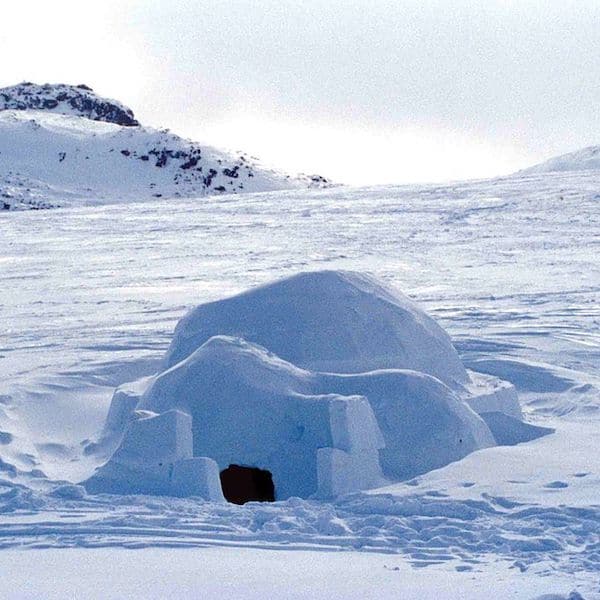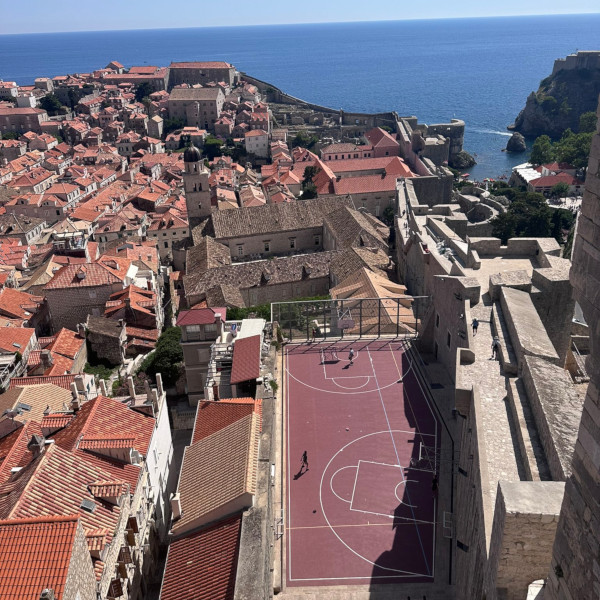
Photo: yupiramos/Depositphotos
In this day and age, we like to think that we can travel whenever and wherever we'd like. But, there are quite a few places in the world where that's simply not possible. Around the globe, there are destinations that are simply off-limits. Some are closed to everybody and others open their doors to just a qualified few.
The reasons for these closures vary. For the Lascaux Caves, it's a matter of conservation, while for North Sentinel Island it's a matter of safety. Whatever the reason, these destinations are tantalizing precisely because they are so forbidden. And while some forbidden spaces like Area 51 or Diego Garcia are associated with the military, we decided to focus on civilian areas where you can't simply waltz in.
Here are 10 forbidden locations that you'll have to resign yourself to discovering through pictures and words. And remember, should you ever be tempted to make a visit—there's always a very good reason why you should stick to the rules and stay outside.
Here are 10 incredible locations where visitors are strictly forbidden.
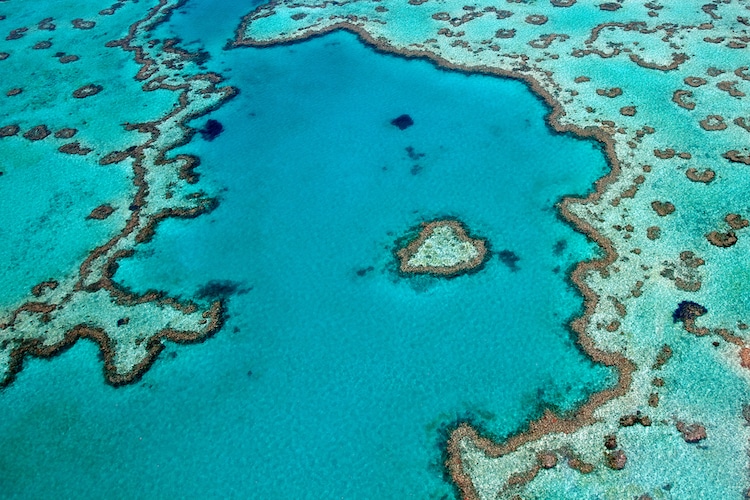
Heart Reef (Photo: tanyapuntti/Depositphotos)
Heart Reef, Australia
Located in Queensland's Whitsundays, Heart Reef has become one of Australia's most recognizable attractions since it was first discovered by a pilot in 1975. As its name suggests, it's a heart-shaped formation of coral nestled within Hardy Reef. As it's a protected area, no one is allowed to snorkel or dive near Heart Reef. Luckily, it's visible from above, so visitors can still take in this romantic natural formation by air.
Tomb of Qin Shi Huang, China
As a unified China's first emperor, Qin Shi Huang made a big impact both in life and death. His enormous mausoleum took over 38 years to construct and is home to the world-famous Terracotta Warriors. However, his actual tomb, which contains his coffin and burial artifacts, remains unopened and will remain so for the indefinite future. There are many reasons why this tomb will remain a mystery. Not only are there concerns about preserving the material once it's excavated, but the tomb's location 36 yards underground has sparked fears of a landslide if digging occurred.
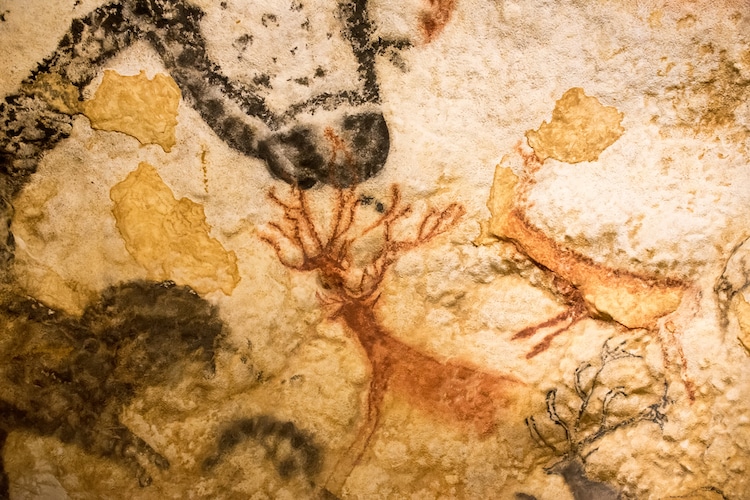
Lascaux Cave (Photo: njaj/Depositphotos)
Lascaux Caves, France
The Lascaux Caves are one of the great treasures of pre-historic art. Filled with cave art painted 17,000 years ago, the caves were discovered in 1940 by a French teenager. They were open to the public, but just for a brief time. For about 15 years thousands of visitors a day entered the caves to enjoy the Paleolithic paintings, but by 1963 that had come to an end. The caves were closed to the public because the moisture and carbon dioxide generated by all the visitors caused green mold to cover the artwork. Since that time, art historians have worked diligently to restore balance in the caves, which remain off-limits. As a consolation, there is an excellent replica of the caves located very close to the original entrance that welcomes visitors.
North Sentinel Island, India
Here we have another case of a destination that is off-limits for safety reasons. But, we aren't just talking about the safety of potential visitors, as this island is inhabited. Part of the Andaman Islands in the Bay of Bengal, North Sentinel Island is home to the indigenous Sentinelese people. They live there in voluntary isolation, and they are willing to enforce this isolation by any means necessary. Since 1956, Indian law has prohibited visitors to the island as a way to protect the Sentinelese from diseases that could be introduced by outsiders. This law also keeps potential visitors safe, as Sentinelese have killed those who tried to land on the island several times in the past. This is why, to keep everyone safe, the Indian Navy patrols the area.

Golden lancehead viper (Photo: Nayeryouakim via Wikipedia
Snake Island, Brazil
Located off the coast of São Paolo, there's a good reason why Snake Island—or Ilha da Queimada Grande—is off-limits. As its name suggests, it's completely overrun with venomous snakes. Between one to five snakes per square meter make the island their home, including the lethal Golden Lancehead viper. Endemic to the island, their venom becomes more poisonous as they mature. Due to their presence on the island, the Brazilian government strictly forbids visitors.
Surtsey Island, Iceland
Formed by a volcanic eruption that ended in 1967, Surtsey Island has provided scientists with the opportunity to see how an ecosystem is born. Though the island is slowly decreasing in size over time due to wave erosion, it should stay above water level for another 100 years. The only people allowed on the island are a handful of researchers who monitor its flora and fauna in order to better understand how biodiversity develops when nature is untouched by humans.
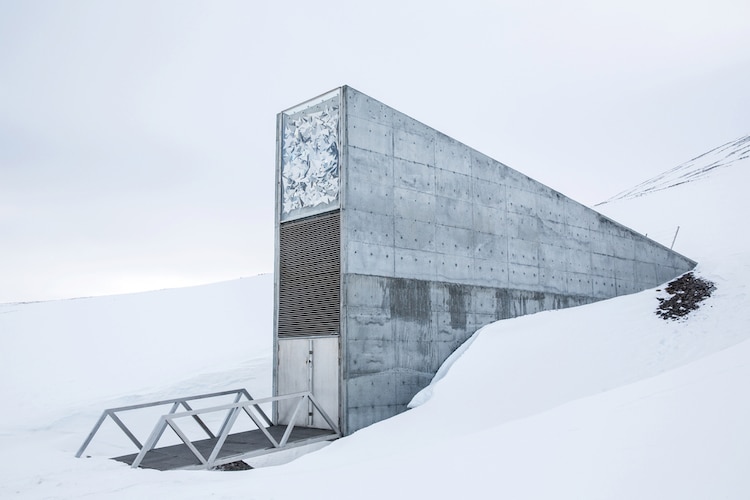
Svalbard Seed Bank (Photo: PantherMediaSeller/Depositphotos)
Svalbard Seed Vault, Norway
While there are many seed vaults around the world, perhaps the best known—and largest—is Norway's Svalbard Seed Vault. Also known as the Doomsday Vault, it holds seeds from crops around the world as a safety measure against seed loss. As of June 2021, it held over 1 million different crop samples from around the world. In 2015, Syria was the first country to withdraw seeds after seeds samples were destroyed during the Syrian civil war. The vault itself is closed to the public, though tours bring groups to visit the entrance. If you are curious about the seeds it houses, the vault does have a searchable database.
Ise Grand Shrine, Japan
While Japan's Ise Grand Shrine isn't off-limits to everybody, you'd need to be a member of the Japanese Imperial family designated the shrine's priestess in order to enter. The Ise Grand Shrine is actually a complex of shrines and the public is allowed on the grounds to wander the gardens, but the Naiku Inner Shrine is surrounded by a high wooden wall and no one but the priestess can enter. It is home to the sacred mirror, which is one of the Three Sacred Treasures that the public is not allowed to view.
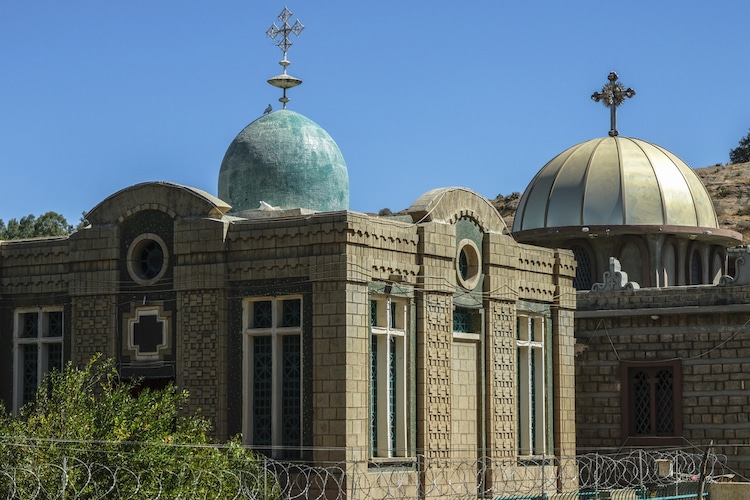
Church of Our Lady Mary of Zion (Photo: oscarespinosa/Depositphotos)
Chapel of the Ark of the Covenant, Ethiopia
Located in Aksum, Ethiopia at the Church of Our Lady Mary of Zion, this chapel is said to hold the Ark of the Covenant—a gold-plated wood chest that holds two tablets with the Ten Commandments that were given to Moses by God. There's actually no way to know if it's there or not because no one is allowed to view it other than a solitary priest who has the lifelong assignment to watch over it.
North Brother Island, United States
Located in New York City, North Brother Island was abandoned in 1963 after being used as a quarantine island and drug rehabilitation facility. The perilous state of its buildings, as well as the herons that use the island as a nesting site make it off-limits to the public. The New York City Department of Parks & Recreation only issues visitor permits to people who have compelling academic and scientific reasons to be on the island.
Related Articles:
12 Cozy Places to Stargaze Around the World
10 Places in Europe Every Art Lover Should Visit
20+ Places to Find Spectacular Public Art Around the U.S.
10 Dazzling Gardens Around the World That Explode with Color and Character




















































































